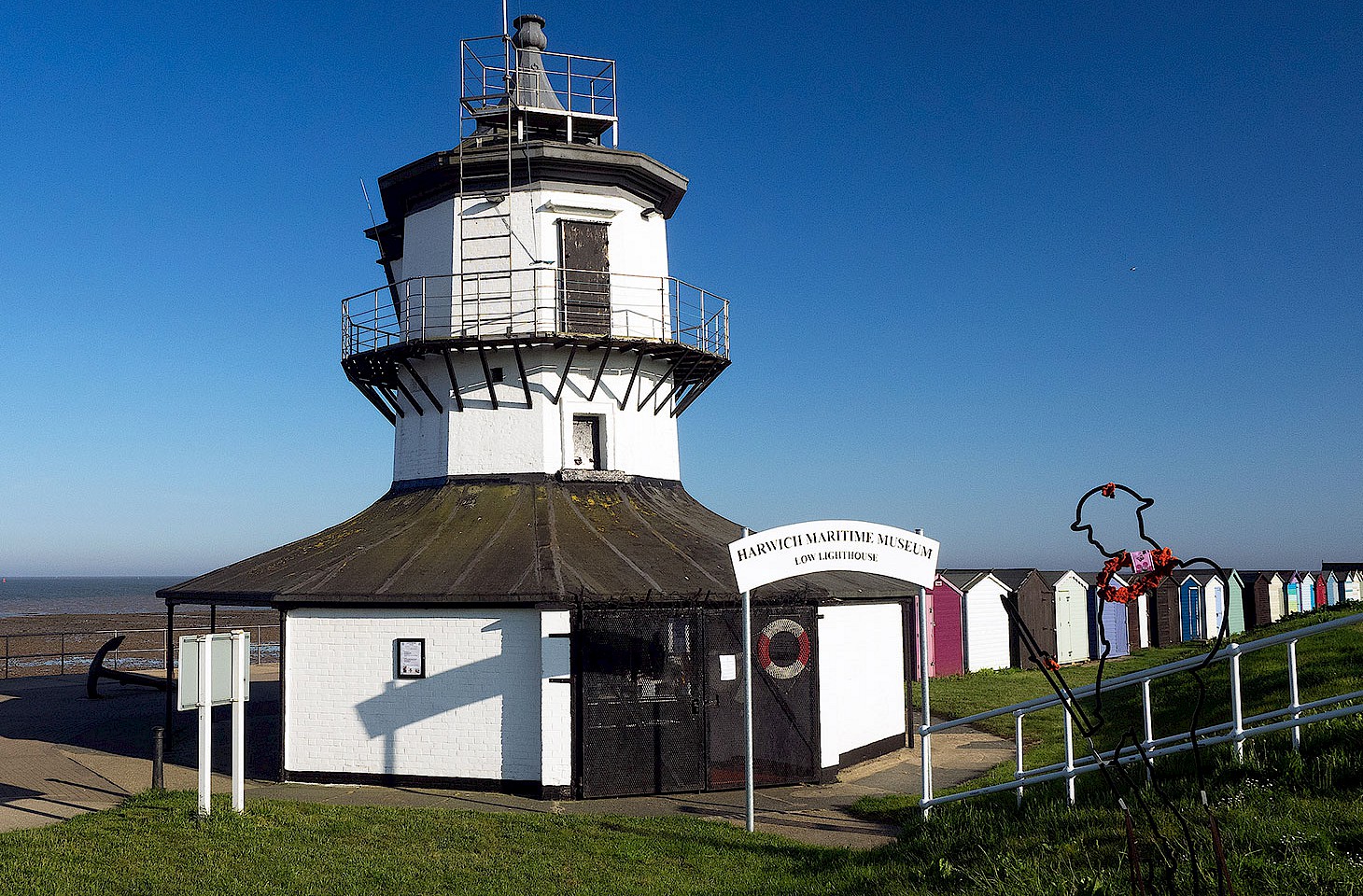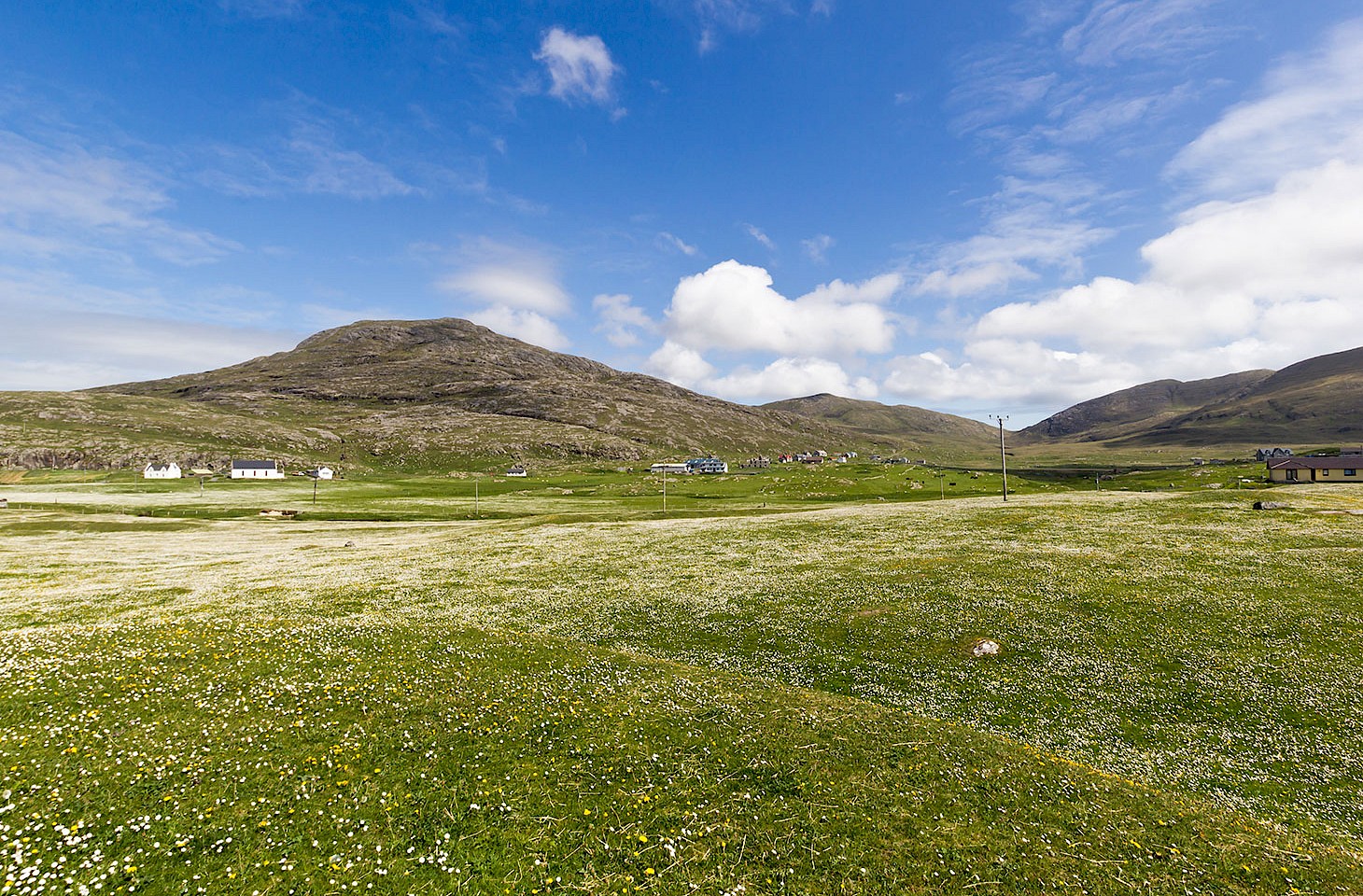The independent review of Eurostar’s less than perfect performance in the pre-Christmas period makes for interesting reading. It was published this morning and you can find the full text online at http://webhe.eu/es.
But it is interesting that some journalists, commenting on the review panel’s conclusions, are getting utterly confused about one little detail. The report mentions the smaller loading gauge of trains in Britain, noting that the Eurostar trains (essentially a downsized version of a regular French TGV) face special challenges. As a result of some misunderstanding of the term "loading gauge" even the BBC website now alludes to "smaller" UK tracks.
So, just for the record (and because we think these details are important), the width of railway tracks – known as the track gauge – is just the same in Britain as it is in France, Belgium and many other west European countries. Some places, it is true, use different track gauges (eg. Ireland, Iberia and Russia), but Britain uses just the same standard gauge tracks as are the norm in every country where TGV trains regularly operate. And Eurostar trains happily use just the same tracks as any other TGV.
The Eurostar review panel is referring not to track gauge but to loading gauge. That is the maximum permitted width and height of trains, and has nothing to do with how far apart the tracks are. The loading gauge of many UK railways is generally more restrictive that that used in France, and that is why a Eurostar train is smaller than a regular TGV. It also explains why visitors to Britain from the continent often remark on the rather cramped feel of many UK trains. Compare an ICE train in Germany and a Virgin Pendolino in Britain and you instantly see and feel the effects of Britain’s more restrictive loading gauge.
Nicky Gardner and Susanne Kries
(hidden europe)




